I promised myself that I wouldn’t fall into the same trap that a lot of reviews do, because lately I’ve been thinking about how usefulness doesn’t guarantee survival.
For many products, practicality reduces longevity.
From World Series winner merchandise pre-printed for the losing team to promotional throwaways like ashtrays, food trays, apparel, and signage from defunct businesses littering eBay listings, humans keep plenty of things that aren’t actually very useful beyond deriving pleasure simply from owning the thing.
What about this neat-looking thing, a 2023 Mazda MX-30? Considering the above, I think it might be close to future-proof. Let me explain.
Spec for spec, it’s so charmingly outclassed by other similarly-priced cars that it presents a true problem for both me, the reviewer, and Mazda, the builder: why?
I’ll answer my part: because I wanted to. I knew that getting this small EV SUV more than 150 km home and back would be a challenge, and that it hasn’t yet impressed other reviewers.
Mazda sells very few of them in North America (but a surprising number in Germany, of all places), and it’s unlikely that even if an MX-30 was on your shopping list there’d be one in your area to look at.
I knowingly chose to drive this car in order to write a review that won’t be very useful to the majority of readers. (Without tire-smoking performance, svelte looks, or a Tik-Tok dance challenge to accompany it, I can’t promise this will be entertaining, either.)
Here’s the point where you choose to either A: stay and watch me try to dig myself out of this hole, or B: click here to instead watch the Mazda 787B race car at a high volume.
Thanks for reading may I drive your car! This post is public & free to read for a few weeks: please share, shares are a blog’s Vitamin D.
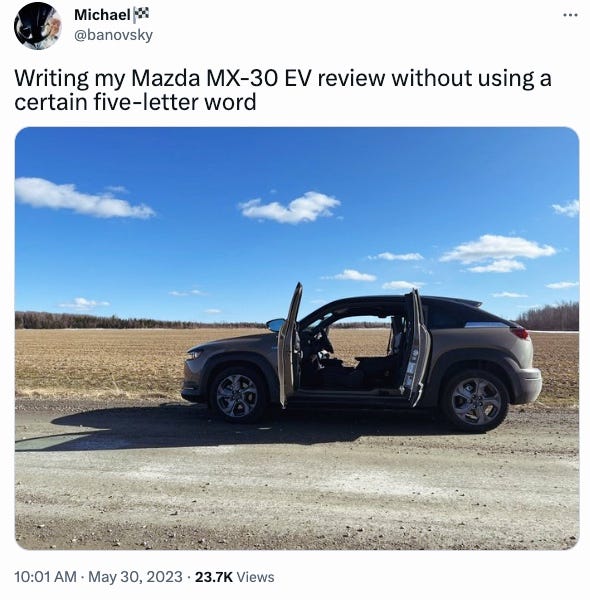
Okay, now that you’ve passed the test, I must now state the obvious: not all cars have to be THE BEST and not all car owners are hoping to maximize value, performance, or capability.
A small reminder that once it’s been built, the most modest of new electric cars is significantly better for you, me, and trees than any gasoline powered machine.
Arguably, a large part of why the world is still in the throes of its fossil fuel addiction is because of excess capability engineered into our vehicles. Larger engines and fuel tanks (or motors and EV batteries) than needed, larger interior and exterior dimensions than required, and a more complicated set of features than will ever be used: convenient for us, not so much for our Mother Earth.
To overbuild machines means an excessive drain on resources: metals, rare metals, and more fossil fuels needed to manufacture and ship it all.
For a resource-limited post 2020 world, we must commend the MX-30 for being the first Minimum Viable Mazda EV: its battery is a modest 35.5 kWh, which in practice will feel like less than half of what you’d get in a faster, more capable, more expensive and more complicated mainstream EV (complete with its own network of chargers, like the Tesla Model 3.)
Make no mistake: I’m not letting the MX-30 off the hook for its pokey acceleration, less rear seat space than similarly-sized vehicles, more frequent charges needed, an overall lack of practicality, or the price / capability ratio relative to its rivals.
Can I let you into a secret? Mazda knows all of this.
With endearingly quirky looks, rear doors sized to accommodate drivers who habitually put their shopping on the back seat (and not in the trunk), and a well laid-out interior with attractive, atypical materials like cloth and cork, the MX-30 comes off like an intriguing minor character that has the potential to survive long enough to get its own spin-off.
Mazda employees read the news, read reviews, and test competitors’ vehicles.
In other markets, Mazda offers an all-wheel-drive hybrid version (with a conventional 2.0-litre 4-cylinder engine and plug-in capability). In North America, Mazda will likely soon offer a front-drive version featuring a gasoline rotary engine as an onboard electricity generator, similar to how BMW used a tiny motorcycle engine for some of its i3 models.
Larger and more conventionally built than the now-discontinued i3—also with rear suicide doors—the BMW is probably the closest car in spirit to an MX-30. Both land near the bottom of the EV market in terms of capability, but near the top in driver comfort and interior materials.
If you’re going the distance, there’s no getting around the fact that an MX-30 will need to be charged more frequently than most other electric cars—it is incapable of being driven as much as other EVs—which, statistically at least, may actually increase its survivability.
Not being capable of drives longer than about an hour at highway speeds (if you’re driving conservatively, on flat ground with a tailwind) means that many MX-30s won’t deal with the problems associated with highway hazards, high-mileage parts replacements, and the effects of frequent Drive-Thru dinners on interior surfaces.
Nevertheless, I will have my car reviewer card revoked if I don’t state: unless your commute is as predictable as the Gregorian calendar and as short as a Gorillaz single, by the powers vested in me as a highly qualified but uncertified car expert, I can’t recommend you adopt a Mazda MX-30 EV of your own. On a whim, at least.
I must also confess: I hope you either don’t listen to me and get one anyway, or are within this car’s narrow buying demographic…because you’ll probably love it.
With endearingly quirky looks, rear doors sized to accommodate drivers who habitually put their shopping on the back seat (and not in the trunk), and a well laid-out interior with attractive, atypical materials like cloth and cork, the MX-30 comes off like an intriguing minor character that has the potential to survive long enough to get its own spin-off.
To help illustrate my point, the rest of the photos in this review were taken using a very outdated but pristine 1.9 megapixel Panasonic ‘D-Flip’ SV-AV25 camera I bought off of eBay a few years ago for all of $25.
It first went on sale in Japan in 2005, 18 years ago. Jump ahead by the same margin to 2041 and I’d wager these photos would be just as potato quality as they are now…and an MX-30 would happily tag along for the drive.

Anyone who spends their days buried in car classifieds can tell you: finding interesting, rare, and unique cars for sale online is not all that difficult.
Finding once-mainstream cars in great condition is the trick.
Legions of models like Chevrolet Chevettes, Pontiac Sunfires, Volkswagen Jettas, Honda Accord sedans, and Acura Integras have already transformed into “…and that’s how I crashed my first car” stories to scare the offenders’ now-teenaged offspring.
Vans, SUVs, and trucks from recent times—I’m thinking Ford Aerostars, Dodge Caravans, Ford Explorers, early Honda CR-Vs, Toyota RAV4s, GMC Jimmys, and Jeep Cherokees—have already disappeared at an alarming rate. Try finding a late model Toyota Highlander with less than 200,000 kms on it, or a daily driven Chrysler 300 / Dodge Charger / Dodge Challenger with an underside that hasn’t yet transformed into an unappealing burgundy crust.
“Frequent human demands, highway drives, and high mileage operation are all very hazardous to a vehicle’s long-term health…” was what I had written, before this car suffered a hiccup of its own.
During my two-week test, the MX-30 actually did what no other test car has, and wouldn’t start. A call to the local dealer, flatbed tow, and a few hours of waiting confirmed my initial suspicions of a dead 12v battery. It was replaced, unsurprisingly, under warranty.
(If I had owned the car or was out of warranty, I would have first pulled out the defective 12v battery—a very straightforward job—and tried putting it onto a trickle charger.)
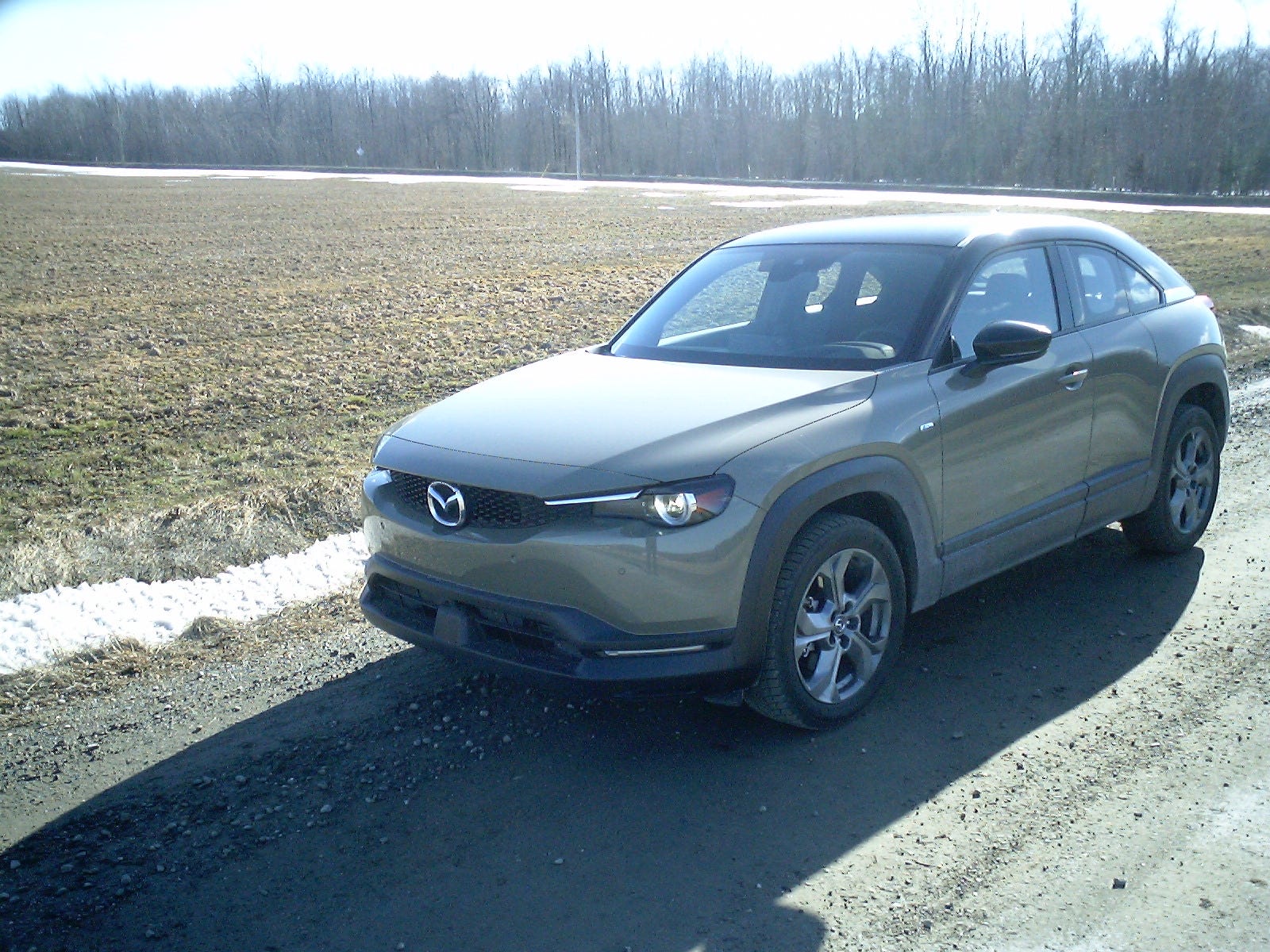
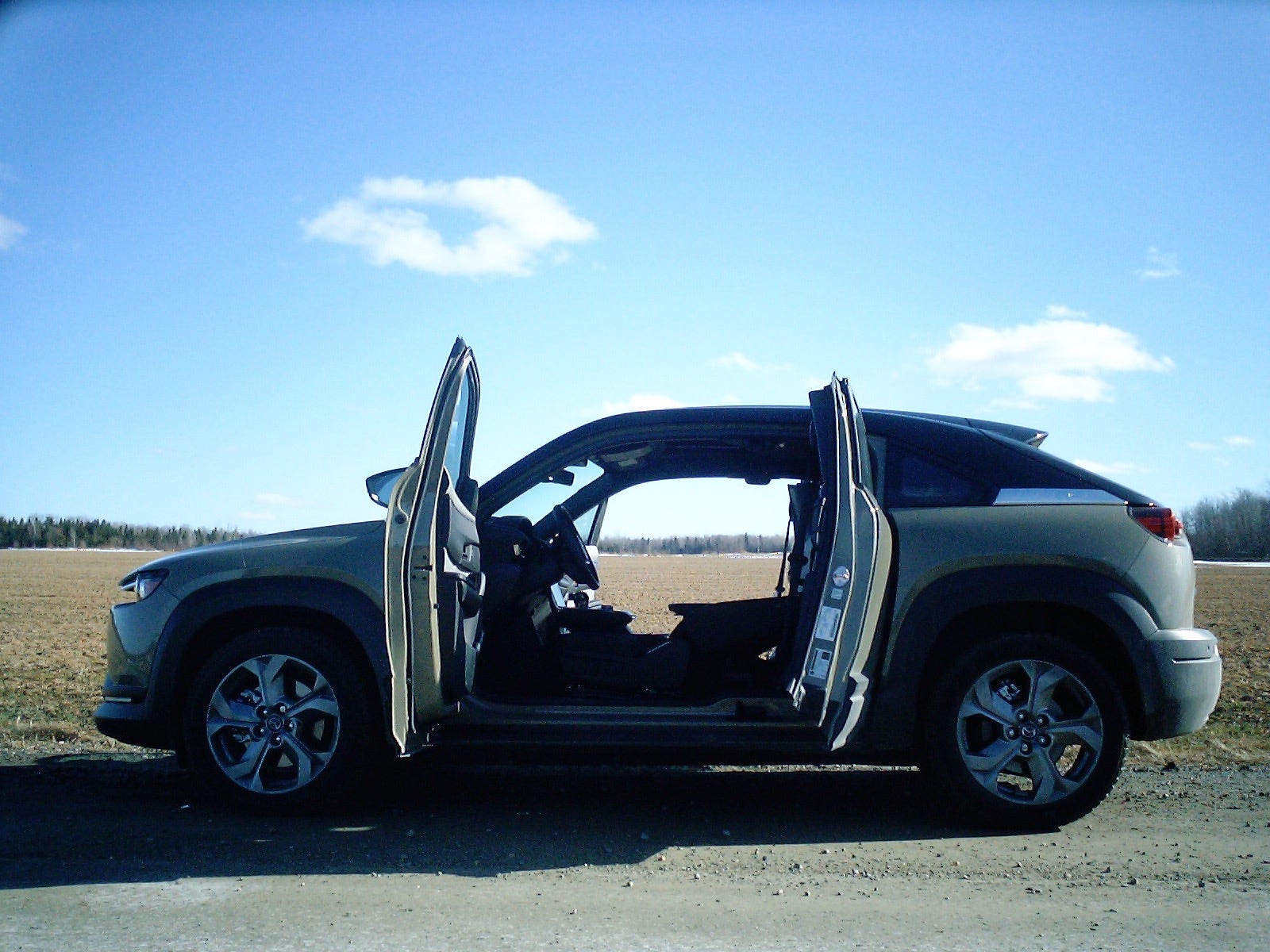
As cities become more dense and our EV charging networks are built out to accommodate more electric vehicles, an urban-only MX-30 arguably becomes more useful over time.
The potential of its original battery to store and spend electrical energy will slowly diminish, but issues like dead zones between chargers, longer commutes, and more road congestion will swing in favour of smaller, “less capable” EVs.
Whether or not you’re able to spend $47,650 Cdn. as-tested (before rebates), in the face of its limitations, betting that the world will eventually favour the MX-30, is not a choice…it’s a commitment.
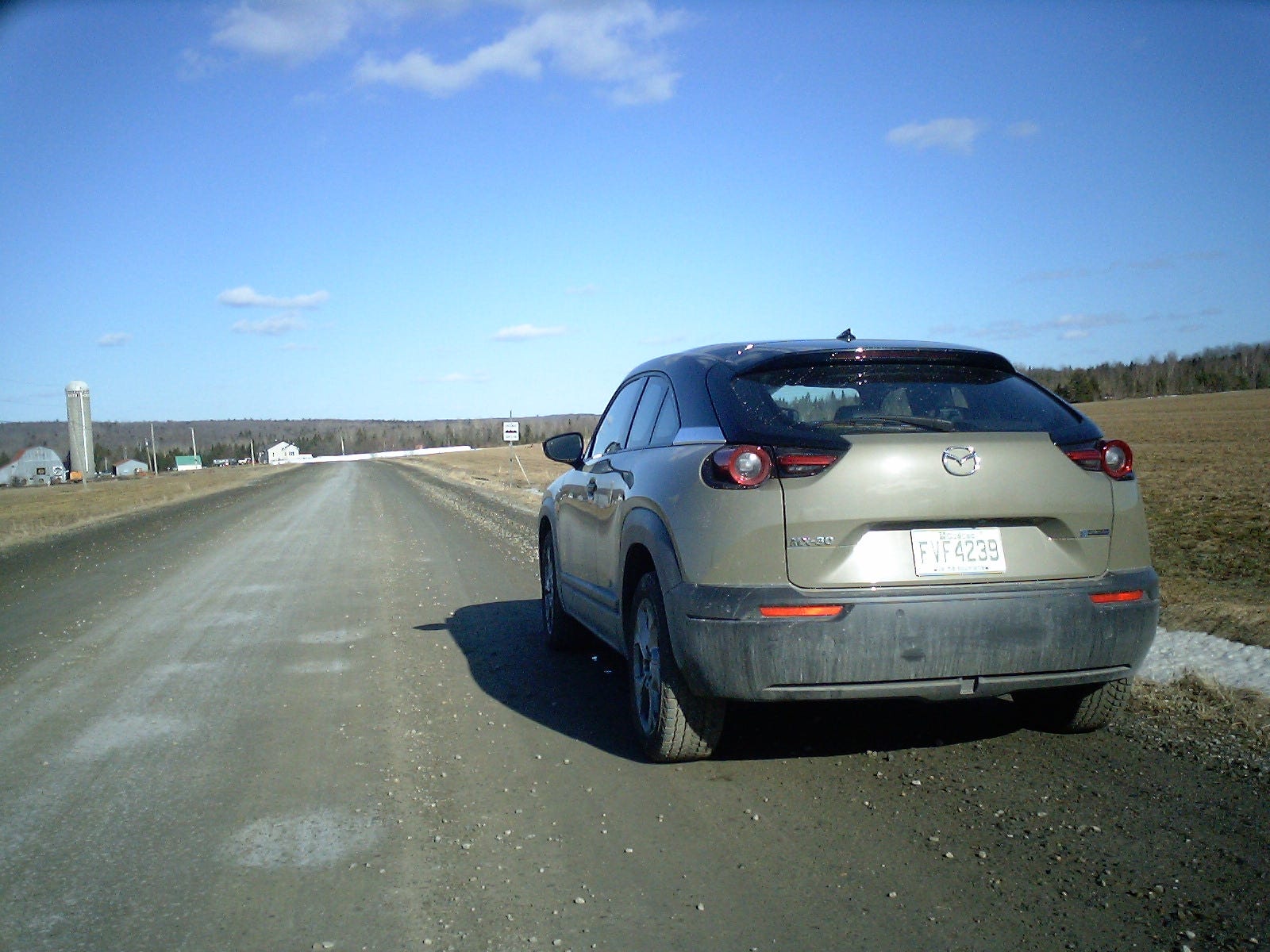
In my experience, only the most educated and passionate enthusiasts are willing to make sacrifices in order to drive their chosen machines. Having less outright capability and a higher price than rivals means the MX-30 will never achieve mainstream success—this is only a bad thing if you believe that sales, awards, and big fat bonus cheques are the only reasons why people get up in the morning.
Back to the ‘Why’: if you simply like the MX-30, it fits into your lifestyle, and you can afford it—why not?
All things considered, if it was an electric car designed to appeal to everyone…it wouldn’t be a Mazda.
PS, Did you notice I didn’t mention a certain five-letter word this whole time? The tweet about this got way more attention than I thought it would and sparked some interesting comments…


Now onto the elephant in the replies…

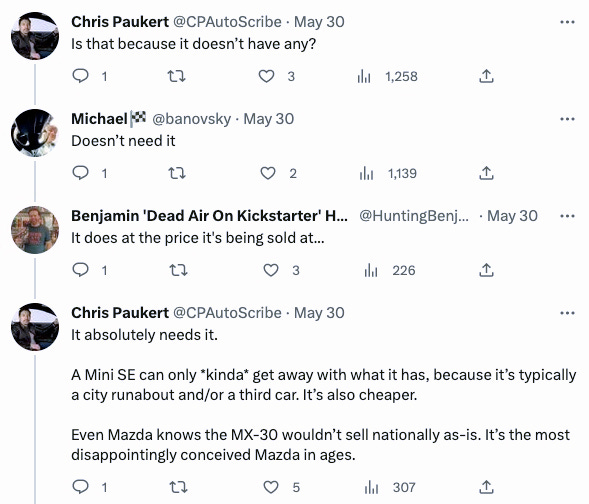

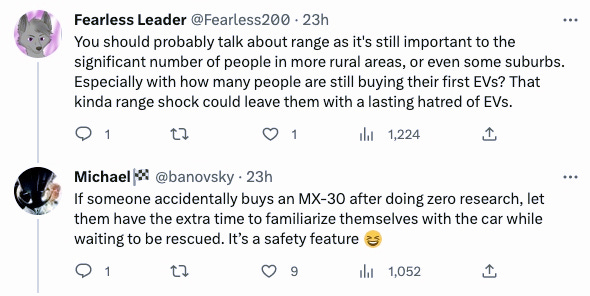
How far from the status quo would you go?

In the end, Antony takes the cake…






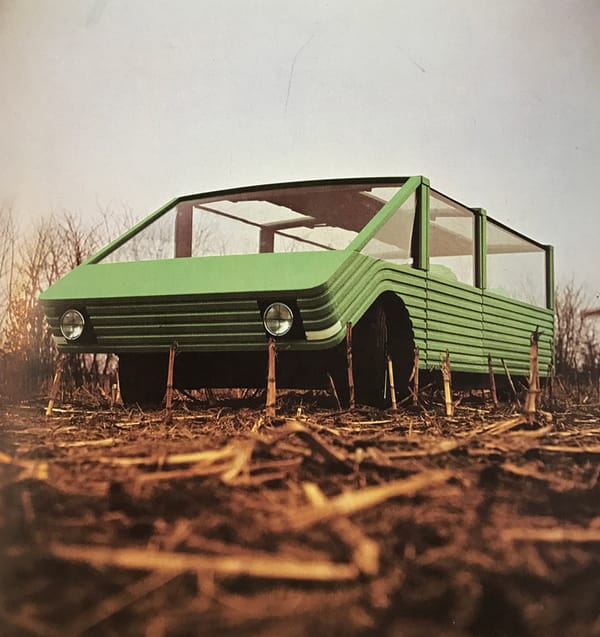
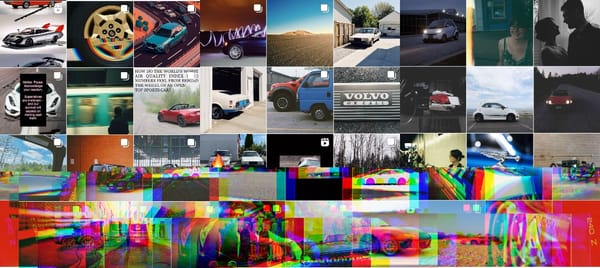
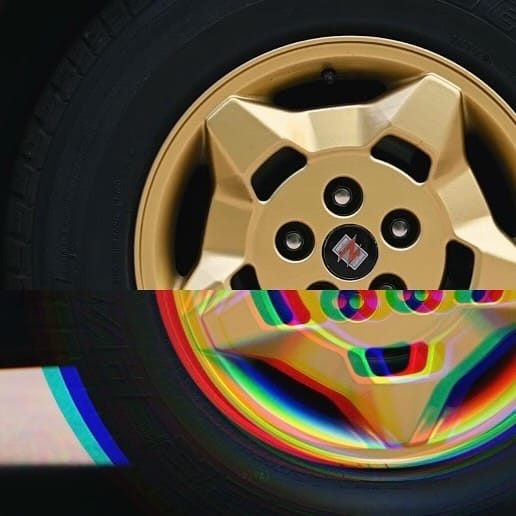

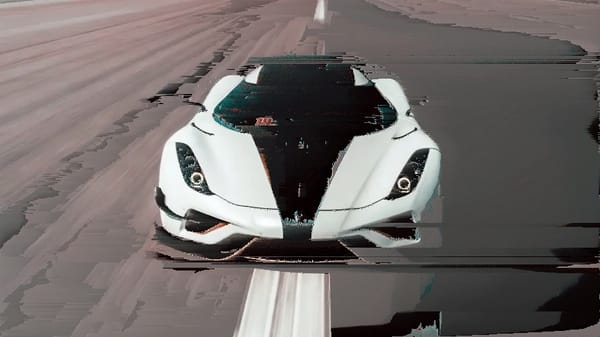
Member discussion